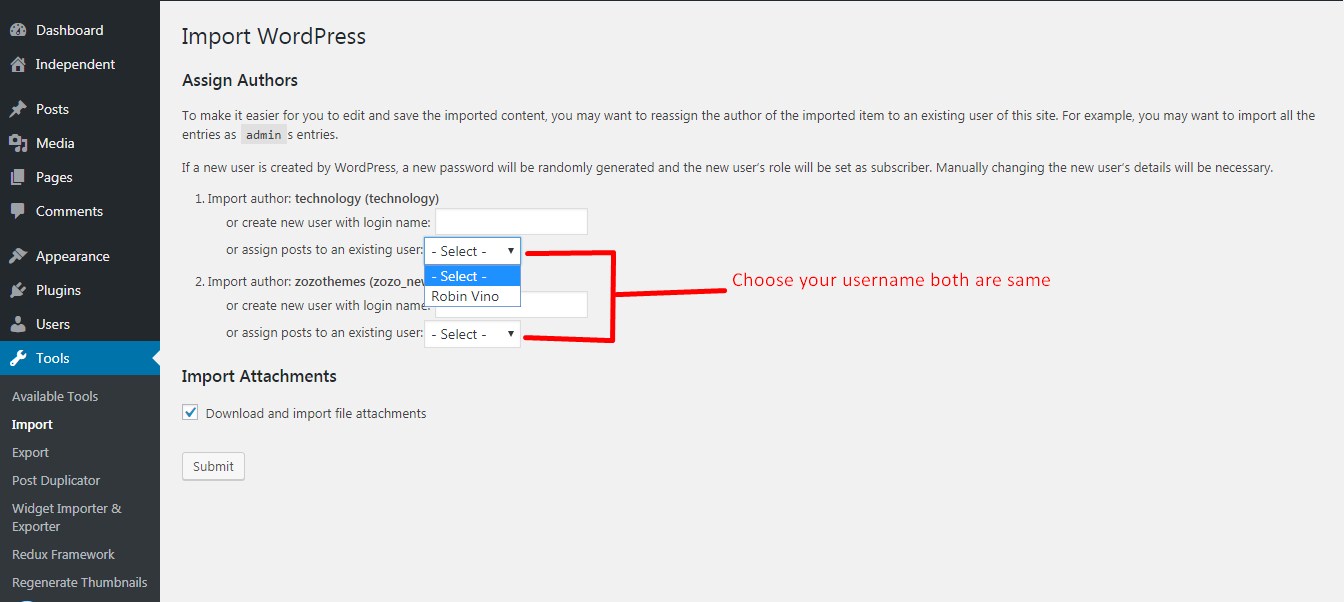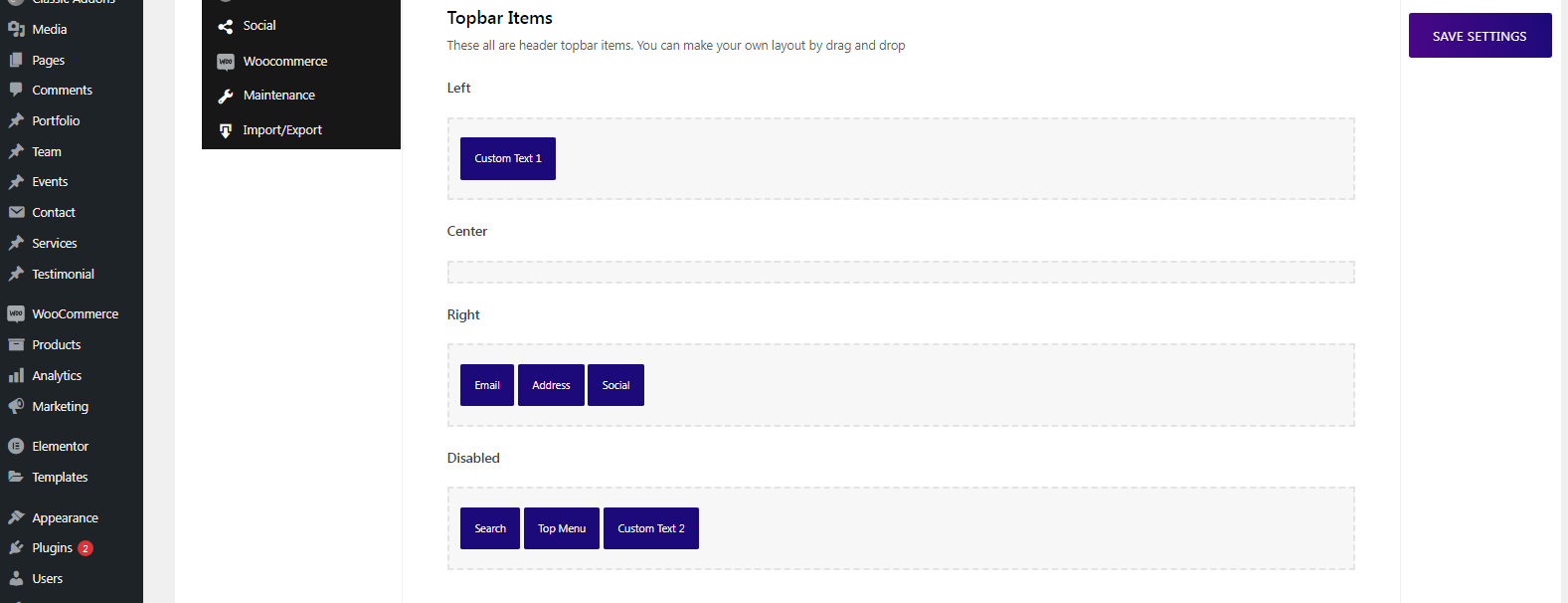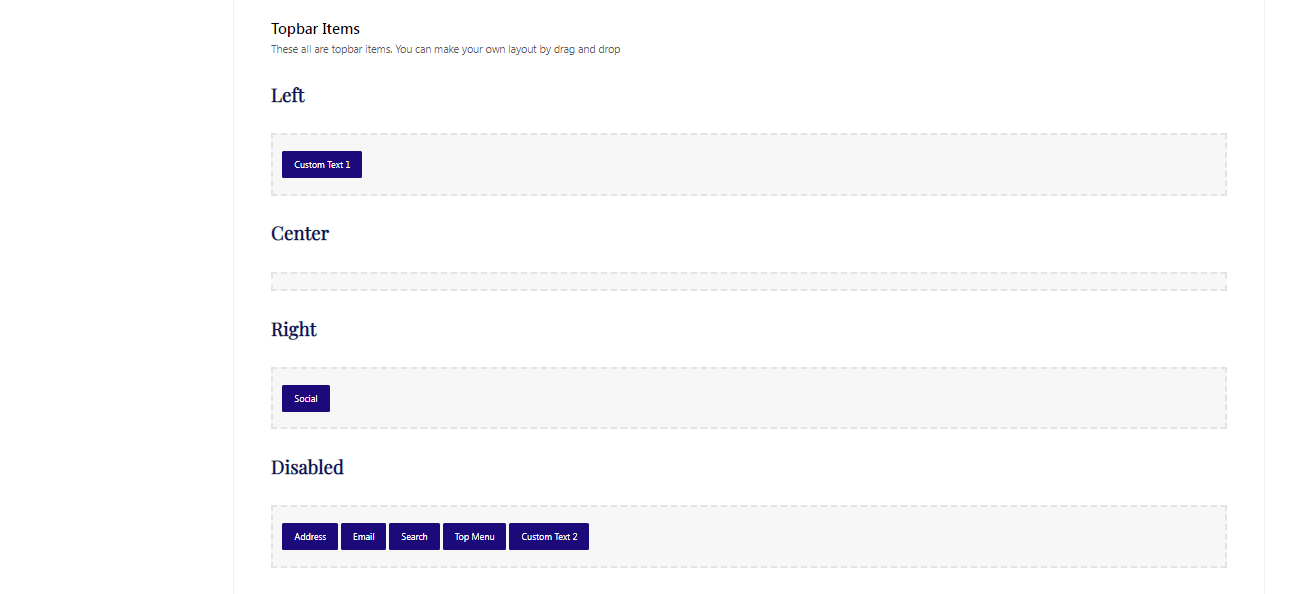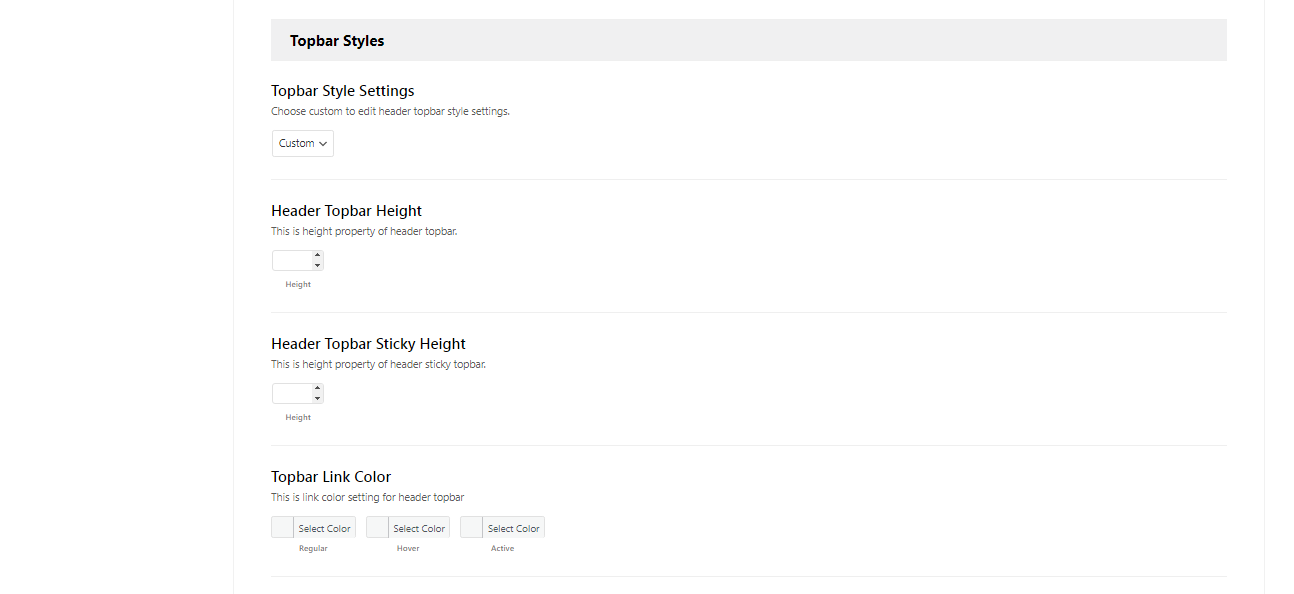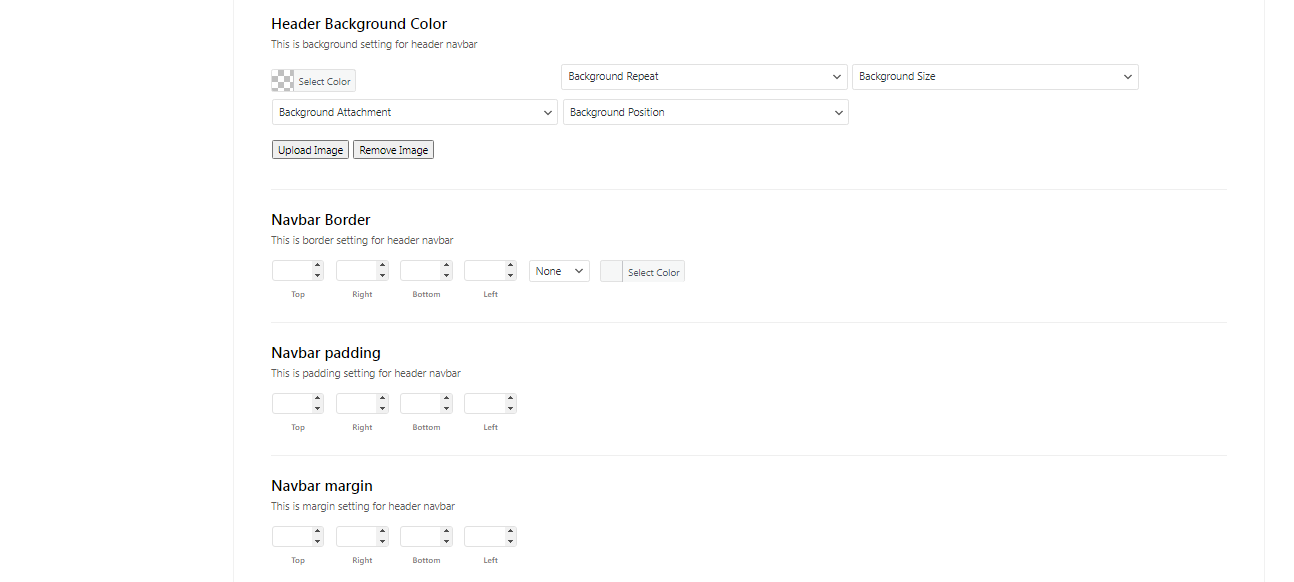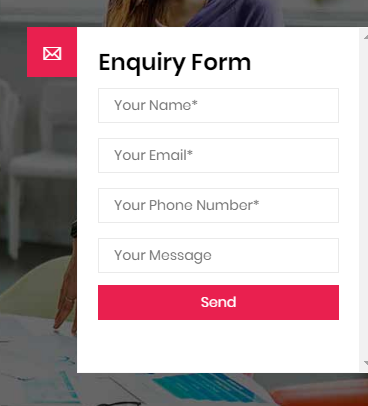All of Our Themes come with 6 months of included support and free lifetime updates for your Theme.Once the 6 months of included support is up, you have the opportunity to extend support coverage up to 6 or 12 months further.
We have an advanced, secure ticket system to handle your requests. All of our items come with free support. Feel free to post them on our Support Ticket center. We will respond as soon as possible (within 24 – 48 hours, usually faster). We are open from 9am to 7pm (IST), from Monday till Saturday. Support is limited to questions regarding the theme’s features or problems with the theme. We are not able to provide support for third-party plugins.
Item Support Includes:
- Answering questions about how to use the item.
- Answering technical questions about the item.
- Help with defects in the item.
- Item updates to ensure ongoing compatibility and to resolve security vulnerabilities.
Not Included in Item Support:
- Theme customization and requests that require or involve custom coding.
- Installation of the item.
- Hosting, server environment, or software.
- Support for compatibility with 3rd party plug-ins.
- Support for out-dated or modified themes.
Articles
For more information regarding the theme's functionality, we suggest checking our Articles.
How to Verify a Token?
- Enter your Email address in the first field
- Enter your theme purchase code in the second field.
How to get Purchase Code?
- Click on the Activate button to activate your theme.
Attention! 1 license = 1 domain = 1 website. You can always buy more licences for this product:
WordPress Information
If you are new to WordPress, there is a step-by-step plan for getting started. Plenty of options for assistance are listed in this article. If you need help installing WordPress, below are all the useful links for WordPress information.
Theme Requirements
You need some requirements to install and use the Apinae theme.
max_execution_time 300memory_limit 128Mpost_max_size 32Mupload_max_filesize 32Mmax_input_vars 2000
please use Strong passwords and the latest version of WordPress and all plug-ins keep updated.
Theme Installation
Unpacking the theme
When you download the theme from Themeforest, you will get an archive file in .zip extension. You need to unzip that archive file. The apinae.zip file is the Installable WordPress Theme and what you need to use to get the theme installed. Please see the following steps that how to install apinae.
In our theme package contains the main theme, child theme and documentation and demo contents too.
In order to install the theme, you need to have a working version of WordPress installed on your server first. Check out this guide.
- Login to your WordPress Dashboard.
- Navigate to Appearance > Themes. Click Add new button, located at the top of the screen or Add new theme
- Click on Upload Theme button at the top of the screen.
- Choose apinae.zip.
- Active the theme after it is completely uploaded. To active Go to Appearance > Themes and activate the installed theme.
- After activating the theme a notice should appear on the top of the screen, click on begin installing plugin and install the Plugins given in this theme.
There are 2 ways to install the theme:
- Via FTP:
- Log into your web server with FTP client software.
- Unzip the
apinae.zip file and ONLY use the extracted /apinae theme folder.
- Upload the extracted
apinae theme folder into /wp-content/themes.
- Navigate to the Appearance > Themes tab and activate the theme.
- Via WordPress admin panel:
- Log into the WordPress admin panel.
- Navigate to Appearance > Themes and click on Add New and Upload Theme.
- Select the
apinae.zip folder and click Install Now button.
- After the successful installation, click on Activate or navigate to the Appearance > Themes and click onActivate button to activate the newly installed theme.
Attention! If you need to make changes in theme’s templates, styles or functions, we recommend install a child theme and activate before demo data import. Please see the Child Theme section for more information.
Plug-ins Installation
Below is the list of the plug-ins that come included into the theme.
All these plug-ins can also be installed from the WordPress.org repository and from Theme plugins.
- Contact Form 7
- Slider Revolution(required)
- apinae Core (required)
- WooCommerce
- Elementor Page Builder (required)
- Classic Elementor Addons Pro (required)
To make the site look exactly as on the Our demo, you must need to install all of the recommended plug-ins:
- After the installation/activation of apinae theme, Go to Wordpress Dashboard >> Apinae >> Theme plugins here you can install all of our recommended plugins.
- After the Installation Activate the all plugins.
Page Builder
All existing demo pages and layouts are built using Elementor Page Builder and should be customized using Elementor Page Builder only.
PLEASE NOTE! We recommend Please use one page builder for per page or post.
Child Theme
A child theme allows you to change small aspects of your site’s appearance yet still preserve your theme’s look and functionality. To understand how child themes work it is first important to understand the relationship between parent and child themes.https://developer.wordpress.org/themes/advanced-topics/child-themes/
IMPORTANT! Install the child theme before importing the demo data. Otherwise, all of your theme options will be reset.
A child theme is installed the same way you install a parent theme. Locate the apinae-child.zip file in the theme package and upload it via the WordPress admin panel. or you can unzip it and upload via FTP (see main theme installation.
Using a Child Theme
So here you can modify default funtions with funtions.php and overwrite style CSS with style.css
Demo Importer
This allows you to quickly set up your theme with One Click. We have also included the exported XML file with our demo, The XML file will give you all of our demo pages..
Install & Activate all required Plugins before the demo import.
In order to import the demo go to Theme Panel (WP Dashboard) > apinae > Demo Importer.
Whole Demo Site Content
Demo import will enable you to import all media files, pages, theme options, and plug-in settings.
In case demo data installation is stuck, you can manually install it by downloading the demo.zip archive from theme package and extract it in your Theme's folder root directory. If the issue persists, please contact your hosting service provider to make sure that your server configuration meets the Theme Requirements. Otherwise, please refer your request to our support center.
Only Pages, Forms & Sliders
When choosing the partial demo data import, the new content will be added to your existing data. Although this will not overwrite your existing content, we still recommend backing up your website before doing this.
How to Demo Import by Manual?
Step-1
Theme Installation: Admin Dashboard –>> Appearance –>> Themes –>> Just activate our theme.
Theme Name: apinae
Plugin Installation: Admin Dashboard –>> apinae –>> Theme Plugins –>> Install and Activate All required plugins.
Plugins –>> Add New –>> Plugin name is “Widget Importer and Exporter” have to install and activate this plugin.
https://wordpress.org/plugins/widget-importer-exporter/
Manual Import Files: All files you get from Envato market, click and download like the below image.
- 1. theme.xml
- 2. widgets.wie
- 3. theme-options.json
- 4. custom-sidebars.json
Step-2
Theme Options Import:
Just open theme-options.json file and copy text and paste to
WP Dashboard > Apinae > Theme options > Import/Export > Import > paste > Click import. Save theme options.
Step-3
XML Import:
Ready to all import files.
In admin dashboard You can find Tools > import > WordPress > Run importer > Choose upload theme.xml file and to import.
- 1. Import author: technology (technology).
- 2. Import author: zozothemes (zozo_newser_user).
After, here you can choose your username and both are same.
All are must have like the below images.
Click the Submit button.
Step-4
Create Custom Sidebars:
You can edit the custom-sidebars.json file with any text editors( ex: notepad, notepad++ and sublime editors).
Admin Dashboard –>> Apinae –>> Custom Sidebars –>> Add Sidebar( Here you can create your custom sidebars).
You can create one after another.
Follow the below images:
Widgets Import:
For widget import plugin:
In admin dashboard You can find Tools > Widget Importer and Exporter Settings >> Import Widgets and Choose file with (.wie format) and import your widgets.
Now files are imported, you need to set up some settings by manual(menus and front page).
Menus Settings:
Step1: Select a menu to edit: “Primary Menu”.
In admin dashboard >> Appearance >> Menus >> You must select the “Primary Menu” like the below image.
Choose Your Front Page:
In admin dashboard >> Settings >> Reading >> Reading Settings >> A static page (select below) >> Home Page (Select your home page).
Custom Fonts
- WP Dashboard >> Apinae >> Custom Fonts
- Choose File & Upload your Font
- Custom fonts should be in this following format. .eot, .otf, .svg, .ttf, .wof.
- The folder name and font name are should be the same. but the font name should be like a slug.
- Eg: Font folder name is – 28 Days Later font name like 28-days-later.eot, 28-days-later.otf …
Theme Update
You can update the theme in two ways are following
Update Option 1. Update using WordPress uploader
- Log into your ThemeForest account and navigate to Downloads tab. Find the theme and download Installable WordPress file only.
- Log into your WordPress website and go to Appearance > Themes.
- Activate a default WordPress theme. Delete the older version of your theme and re-upload the new WordPress Installable files that you have downloaded from ThemeForest during the 1st step.
- Once it is uploaded, activate the theme.
IMPORTANT! If you're using a child theme, do not activate the newly uploaded parent theme. Activate your old child theme instead. Otherwise, all the child theme customizations will be lost.
- Update (if necessary!) the included plug-ins, if you see a notification message prompting about a newer version.
- Navigate to WP Dashboard > Plugins > Installed Plugins.
- Deactivate and delete the rest plug-in(s) of old version.
- Go to (apinae)WordPress Dashboard > Plugins and demo and install the plug-in(s) like it was described in the Plugins Installation section of this documentation.
Update Option 2. Update using FTP client
- Log into your ThemeForest account and get the last version of the theme as described above.
- Connect to your server using desktop client software (we recommend Filezilla and FlashFXP.
- Change directory to
/wp-content/themes.
- Remove/rename existing folder with old theme files.
- Unpack theme installable files downloaded from ThemeForest and upload them to the
themes folder.
- Update (if necessary!) the included plug-ins in the way described above, if you see a notification message prompting about a newer version.
Site Settings
Loader Settings
- Page Loader - Enable/Disable page loader, here you can upload your page loader image.
Layout Settings:
Here you can choose the Body layout style and View.
- Site Layout - Choose site layout either wide or boxed.
- Site Max Width - Set the site width here. Here No need to specify units like px, em, etc.. Example 1200
- Site Content Padding - Set the top/right/bottom/left padding of page content. Here No need to specify units like px, em, etc.. Example 10 10 10 10
API:
This is the setting for all the api's where used in this site.
- Mailchimp API Key - Place here your registered mailchimp API key.
RTL:
This is the setting for theme view RTL
- RTL Enable/Disable - Enable/Disable RTL to change theme right to left view.
- Enable Dark/Light - This is dark or light floating button option. You can enable or disable.
Logo Settings
This setting helps you to manage site identity features.
- Upload your logo in the Logo settings > Default Logo section.
- Site Logo Maximum Width: Here you can set maximum width of logo. if you want original width leave this field empty.
- Sticky Logo: Upload a sticky logo here.
- Enable Site Logo Description: Here you can enable/disable Logo's Description.
- Sticky Logo Maximum Width: Here you can set maximum width of Sticky logo. if you want original width leave this field empty.
- Mobile Logo: Upload a logo for mobile.
- Mobile Logo Maximum Width: Here you can set maximum width of Mobile logo. if you want original width leave this field empty.
Typography
Site Typo
- Site Common Fonts - Here you can choose entire site's body font and its style
- Lead Text Fonts - This typography setting for Lead text.
Heading Typo
This is the setting for theme heading typography
- H1 to H6 - This is the setting for theme H1 to h6 typography here you can choose font family, color , size line height etc. This Heading style will apply for All heading text in the site.
Header Typo
This is the setting for theme Header typography
- Header Typography - Here you can choose entire header's typography.
- Topbar Typography - This typography settings for Topbar.
- Logo bar Typography - This typography settings for Logo bar.
- Navbar Typography - This typography settings for Navbar.
Footer Typo
This is the setting for theme Footer typography
- Footer Typography - Here you can choose entire Footer's typography.
- Insta Footer Typography - This typography settings for Footer Top bar.
- Footer Widgets Typography - Here you can select the Footer Middle's typography.
- Copyright Section Typography - This typography settings for Footer Bottom.
Colors
Theme Colors
- Theme Primary Color - Here you can choose theme color.
- Theme Secondary Color - Here you can choose theme Secondary color.
- Theme Link Color - Here you can set link color and link hover, active colors.
- Button Color - Here you can set button's color and button's hover, active colors.
Page options
This is Page Options here you can modify this page Layouts and looks this all settings will only work for this particular Page.
General
This is general page settings like layouts , Skins etc and this all settings will only work for this particular Page.
- Site General Settings : Choose Custom option to change this Current page style.
- Site Layout : Choose current page layout either wide or boxed.
- Content Padding : Assign content padding. If need no padding means just leave this empty. Example 10 10 10 10.
- Header Slider : Paste the shortcode for header slider.
Logo Settings
This is Logo page settings like layouts , Skins etc and this all settings will only work for this particular Page.
- Site General Settings : Choose Custom option to change this Current page's Logo settings.
Logo Settings
- Default Logo : Upload current page logo image..
- Site Logo Maximum Width : Here you can choose maximum width of logo. if you want original width leave this field empty.
- Enable Site Logo Description : This is logo description options for this site. You can enable or disable.
- Sticky Logo : Choose site sticky logo image of current page.
- Sticky Logo Maximum Width : This is maximum width of sticky logo. if you want original width leave this field empty.
- Mobile Logo : Choose Current Page's mobile logo image.
- Mobile Logo Maximum Width : This is maximum width of mobile logo. if you want original width leave this field empty.
Page Layout
Page Title
- Page Title : Choose custom to edit page title options.
- Enable/Disabe Page Title : Enable or disable blog page title section.
- Blog Page Title Elements : These are blog page title elements. Drag which items you want to display left, center and right part.
- Page Title Background : This is background settings of page title.
- Page Title Custom Class : This is setting for add custom class name to page title wrapper.
Sidebar Layout
- Sidebar : Choose custom to edit sidebar layout options.
- Sidebar Layout : Here you can Choose sidebar layout.
- Right Widgets Area : Choose widget for right widget area.
Post options
This is Post Options here you can modify this Post Layouts and looks this all settings will only work for this particular Post.
General
This is general Post settings like layouts , Skins etc and this all settings will only work for this particular Post.
- Site General Settings : Choose Custom option to change this Current Post style.
- Site Layout : Choose current Post layout either wide or boxed.
- Content Padding : Assign content padding. If need no padding means just leave this empty. Example 10 10 10 10.
- Header Slider : Paste the shortcode for header slider.
Logo Settings
This is general Post settings like layouts , Skins etc and this all settings will only work for this particular Post.
- Site General Settings : Choose Custom option to change this Current Post's Logo settings.
Logo Settings
- Default Logo : Upload current Post logo image..
- Site Logo Maximum Width : Here you can choose maximum width of logo. if you want original width leave this field empty.
- Enable Site Logo Description : This is logo description options for this site. You can enable or disable.
- Sticky Logo : Choose site sticky logo image of current Post.
- Sticky Logo Maximum Width : This is maximum width of sticky logo. if you want original width leave this field empty.
- Mobile Logo : Choose Current Post's mobile logo image.
- Mobile Logo Maximum Width : This is maximum width of mobile logo. if you want original width leave this field empty.
Post Layout
Page Title
- Page Title : Choose custom to edit Page title options.
- Enable/Disabe Page Title : Enable or disable blog Page title section.
- Blog Page Title Elements : These are blog Page title elements. Drag which items you want to display left, center and right part.
- Page Title Background : This is background settings of Page title.
- Page Title Custom Class : This is setting for add custom class name to Page title wrapper.
Sidebar Layout
- Sidebar : Choose custom to edit sidebar layout options.
- Sidebar Layout : Here you can Choose sidebar layout.
- Right Widgets Area : Choose widget for right widget area.
Slider Revolution
Our theme is fully compatible with an extremely powerful Revolution Slider plug-in. Your secret weapon to creating responsive WordPress sliders, web pages & stunning visuals even with zero experience.
Check the following links for more information regarding the Revolution Slider functionality:
-
Slider usage Example and how-tos
-
Video guide
Add Slider Revolution via Shortcodes
You can add sliders to your page using shortcodes in WPBakery Page Builder Or Page page options >> Slider >> Here you can paste you Revolution Slider Shortcode. You can either use the Revolution Slider shortcode, or select the Slider shortcode and choose slider engine - Slider Revolution.
WooCommerce
WooCommerce is the world’s most popular open-source eCommerce solution. Our core platform is free, flexible, and amplified by a global community. The freedom of open-source means you retain full ownership of your store’s content and data forever. Whether you’re launching a business, taking brick-and-mortar retail online, or developing sites for clients, use WooCommerce for a store that powerfully blends content and commerce.
Please refer Woocommerce Documenmtation. Here is a list of really reference to create your shop.
- Documentation - official plug-in documentation.
1. Get the theme
- In this example we're going to add some translations to our theme apinae.
- we assume you already know how to install WordPress themes. You don't need to activate the theme yet. Just have it installed into
"wp-content/themes" and we can move on.
2. Check you can switch language
Wordpress Dashboard >> Settings > General admin screen and scroll to the bottom. You should see a drop-down list with the label "Site Language". Changing this will set a new default language for all site visitors. Try it and you should see something like this:
we're going to set the language to Greek, listed under "Available > Ελληνικά" in the list. Once WordPress has downloaded the core language packs for Greek this entry will move to the "Installed" section.
If you don't see your language in the drop-down list you may have to install the core language packs manually.
3. Set up the folders
Before you do any translating, make sure the following folder exists on your site, and is writable by the web server:
wp-content/languages/loco/themes
4. Check the theme contains a POT file
- Looking inside the apinae theme folder we can see a
"languages" sub-folder containing a file called "apinae.pot". This is a translation template provided by the theme author. It contains all the translatable phrases (or strings) that the theme defines.
- If your theme has no template file, Loco Translate will warn you. In this case we know it exists, but just to be sure check it's at the following location:
wp-content/themes/apinae/languages/apinae.pot
5. Find the theme in the translation dashboard
Click the admin menu item that says "Loco Translate" and select the "Themes" sub section. This will take you to a list of all available themes in your WordPress. You should see "apinae" in the list regardless of whether it's your active theme. Click it and you should see the following screen:
Skip PHP Files Larger Than Size always Should be 2000k.
6. Add a new language
- Above the language list (which may be empty) you should see a button that says "New language" with an add icon. To start translating the theme into another language click this button and you'll be taken to a new screen where you can choose the language you want.
- Select a language from the drop-down list of common languages. In this example we'll select 'Greek'. You could achieve the same result by entering
"el" into the text field instead
7. Translate some strings
- Once on the editor screen you'll see all the strings the theme has defined in its template file. Untranslated strings are shown in bold blue. To start with they will all be untranslated.
- The basics of the editor should be fairly intuitive. Select the English string at the top and enter your translation in the pane at the bottom. You can ignore most of the editor buttons for now. We're just going to enter a translation and save it.
- For our example we've picked out the phrase "Leave a Reply". Using the text filter at the top of the editor we can find this phrase quickly and select it in the list. Then we enter the text "Αφήστε μια απάντηση" into the bottom panel as our translation.
- The string at the top now shows a star icon to indicate that our changes are not yet saved.
- Continue to translate as much as you like and when you're ready click the Save icon in the editor toolbar. Congratulations, you've saved your first WordPress translation.
8. Viewing the translated theme String
- Our new MO file will be loaded by the Omega theme (and only by the apinae theme) when the Greek language setting is active. So, let's check it works..
- blog post on your site and check near comment box the sample phrase we translated . We can see here "Leave a Reply will appear - below the title of every post.
it Will work.
- For Our core Plugin Translate same Format like as Theme Translation.
- Some of our Strings will display from our core Plugin.
- So we Need to translate our Core Plugin too for language translation.
- Wordpress Dashboard >> Loco Translate >> Plugin Here you can find Our core plug-in Example apinae Core
- Create New language >> Select language Example (Example ) Greek we chose before for theme translation.
- Select path for pot generation.
- Finally you can start translate apinae Core plugin file.
- This will also work like Theme string translation.
For More Questions Refer this site
https://localise.biz/wordpress/plugin/beginners








